DVIDS – News – Oregon Guardsmen Put Their Stamp on the Quarter-Century Mark
Without a doubt, 2025 stands out as one of the Oregon National Guard’s most productive and impactful years. Over twenty-five years into the new millennium, Oregon’s Citizen-Soldiers and Airmen continue to make historic contributions.
Over the past year, the Army marked its 250th anniversary. It supported U.S. allies while maintaining peace and security at home and abroad. In October, nearly 200 Soldiers from the 1st Battalion, 186th Infantry Regiment, were mobilized to join the Multinational Force and Observers Mission in Egypt’s Sinai Peninsula. Their primary duty was to oversee the security provisions of the Egyptian-Israeli Treaty of Peace and to prevent violations.
With this mobilization, these Soldiers continued the efforts of nearly 230 members of the 2nd Battalion, 218th Field Artillery Regiment, who had deployed just two months earlier to the Middle East for OPERATION INHERENT RESOLVE. During their deployments, the 218th assisted partner forces in working toward a lasting defeat of terrorist groups in Central Command’s Area of Responsibility. By late September, both units had completed their year-long missions and, upon return, were welcomed home as we celebrated their achievements.
Shifting focus to air operations, over the summer, a seasoned group of 35 Airmen from the 116th Air Control Squadron returned after supporting USCENTCOM air and space operations. Their homecoming not only marked the end of their mobilization but also the transition from an air control mission to a new cyber mission. Time and again, this unit has proven to be one of the most respected command-and-control organizations in the Air National Guard and the U.S. Air Force.
To meet current operational demands, the 41st Infantry Brigade Combat Team mobilized nearly 220 Soldiers to the Horn of Africa in May. They joined Task Force BATAAN for OPERATION INHERENT RESOLVE and now serve in Djibouti, Kenya, and Somalia, supporting CJTF-HOA and JSOTF-SOM in security and base defense operations. Meanwhile, as this deployment began, over 300 Soldiers completed a year-long mission in Kosovo in July as part of the NATO-led Kosovo Force, continuing a crucial role in maintaining peace and stability in the Balkans since 1999.
The 142nd continues to support the NORAD no-fail homeland defense mission with the new F-15EX model. On April 30, General Steven Nordhaus, Chief of the National Guard Bureau, visited the 142nd Wing for a familiarization flight in the new jet. Additionally, nearly 140 Airmen from the 142nd attended the United States Air Force Weapons Instructor Course at Nellis Air Force Base, Nevada, and flew the F-15EX for two weeks of training.
While the 142nd’s “Redhawk” Guardsmen trained in Nevada, about 120 Airmen from the 173rd Fighter Wing in Klamath Falls finished two weeks of training at Joint Base Pearl Harbor-Hickam in Hawaii, during the Sentry Aloha exercise 25-2. Dissimilar Air Combat Training allowed pilots to practice combat scenarios against aircraft with different capabilities and performance.
Over the past year, aviation missions have become more vital, with fighter jets and drones enhancing the effectiveness and reach of military operations.
Army combat medics now use new drone training to improve battlefield medical skills for large-scale combat. In a two-week course at Camp Rilea this past spring, Soldiers practiced injury treatment, took tests, and completed a field training exercise. Legionair Tactical provided drones to deliver medical supplies for the training. At the Rees Training Center, the 249th Regional Training Institute used unmanned aircraft systems, including the new RQ-28A Sky Ranger. The Army uses this short-range drone for scouting missions. This change from the RQ-11B Raven addresses new battlefield challenges as drones become more common in combat.
While renovations continue to shape the Rees Training Center, we recently celebrated three significant ribbon-cutting ceremonies for projects that have been underway for the past several years.
In April, the restored W.D. Jackson Armory in Portland was formally completed. The $9.4 million project extended the armory’s lifespan by 25 years. Improvements included new water lines, seismic upgrades, energy-efficient windows, new flooring, fresh paint inside and out, and updated bathrooms.
On July 11th, we reopened the Oregon Military Museum at Camp Withycombe. The museum had been closed for nearly 16 years, shutting its doors in 2008 to expand exhibit space and build new galleries. The updated museum also showcases its extensive artifact archive. With this reopening, we look forward to sharing Oregon’s military history with future generations.
A groundbreaking ceremony for the new Army National Guard Hillsboro Readiness Center was held on August 21. This project will enhance the Oregon National Guard’s capabilities in Hillsboro for the next 50 years. These ongoing projects are part of our commitment to Citizen Soldiers and Airmen who serve now and in the future.
These upgraded facilities ensure hands-on training develops the critical skills our workforce needs for mission readiness and mentorship of recruits.
Oregon Soldiers and Airmen joined the annual Cyber Shield exercise in Virginia Beach this June. They worked together as a team. More than 900 military and civilian cyber professionals built defensive cyber skills and practiced responding to network incidents. Participants included members from 42 states and territories, 15 partner nations, industry partners, and other government agencies.
This summer, real progress was made with MEDAVAC technology through hands-on training.
Oregon Army National Guard flight medics from Golf Company, 189th Aviation, trained with the Future Medical Evacuation Cabin Technical Demonstrator. They gave feedback on its MEDAVAC features. Medics examined the litter setup, ease of patient loading, and equipment organization. The new modular rail system lets medics move patients away from cabin walls for easier access.
In another exercise, Soldiers from Delta and Alpha Companies of the 1st Battalion, 186th Infantry Regiment, participated in hands-on medical evacuation training. They used an HH-60M Black Hawk helicopter from Golf Company, 189th Aviation Regiment, to practice proper patient loading. The training explained key differences between cold and hot loading procedures.
Both exercises strengthen first responders’ critical skills, which are essential in life-or-death emergencies.
In August, members of the Oregon National Guard’s Chemical, Biological, Radiological, and Nuclear Enhanced Response Force Package conducted a large-scale mass casualty exercise at Camp Rilea. This joint training allowed participants to apply their skills in a realistic disaster scenario. It also promoted teamwork and trust among Airmen and Soldiers, while encouraging knowledge sharing and collaboration.
This training also benefits our civilian partners and members of the 102nd, who collaborated with Oregon Health & Science University and Kaiser Permanente Sunnyside Medical Center in Clackamas in mid-September. Both exercises aimed to improve responses to real-world incidents, identify gaps, and strengthen procedures.
The annual Best Warrior competition was held at Camp Rilea in mid-March. Soldiers and NCOs pushed themselves for three days, testing their physical and mental strength. Army Specialist Justin Slothower from the 3rd Battalion, 116th Cavalry Regiment, took first place in the Soldier category. In the NCO category, Oregon Air National Guard Master Sergeant Daniel Gardner made history as the first Airman to win in any category. Competing for the second year in a row, he used what he learned last year to earn this year’s victory.
Maintaining marksmanship skills requires dedication and a willingness to keep improving. The annual Combat Marksmanship Training Exercise, or “TAG Match,” in May brought the state’s best shooters to compete this year at Rees Training Center. The competitive spirit was inspiring. Many of the winners and ‘Governor Twenty’s’ advanced to the Regional at Camp Guernsey, Wyoming, in August, where they faced teams with multiple national titles.
As the training year concluded, the first Oregon State Sniper Qualifier took place at the Rees National Guard Training Center and Boardman Training Area. This comprehensive, multi-stage competition prepared local sniper teams for national-level tournaments.
These events are crucial to building resilience and readiness for our infantry and warfighters. As the saying goes, “Iron sharpens Iron.” Their success today echoes our commitment to strength and unity as a team.
The Norwegian Foot March is a century-old test of grit that is growing in popularity among NATO and American troops. This demanding 30-kilometer trek unites Soldiers, Airmen, and adventurous civilians. Each participant carries a 24-pound rucksack and races against the clock, with time limits tailored to age and gender. To mark the Army’s 250th birthday, the 1st Battalion, 186th Infantry Regiment hosted a spirited march in Medford on June 8th. Participants came from across the Pacific Northwest, including Oregon’s 142nd Wing and 173rd Fighter Wing. As the training year ended on September 27th, National Guard members volunteered as scorekeepers at another march near Cottage Grove. ROTC cadets from Oregon State University and the University of Oregon battled for bragging rights and camaraderie.
Throughout the year, several “Boss Lifts” were held, giving civilian employers firsthand insight into their employees’ roles during training or mobilization. The annual Labor Summit brings together service members, educators, industry partners, and community leaders to highlight how military training translates into civilian workforce skills and trades. Governor Tina Kotek and senior military leaders have emphasized the importance of partnerships between the Guard and the Oregon business community to strengthen our workforce.
In Oregon, Guardsmen go the extra mile to connect with the next generation. Through four STARBASE Academies across the state, students from underserved communities get the opportunity to discover Science, Technology, Engineering, Art/Design, and Math. The Department of Defense’s year-round STEAM program encourages students to learn by doing, using creative problem-solving, experimentation, and scientific innovation.
The Oregon National Guard Youth Challenge program in Bend is dedicated to transforming the lives of high school dropouts, teens who have disengaged from education, and those facing academic challenges. OYCP offers a highly structured, non-traditional environment that actively promotes personal growth, self-improvement, and academic achievement. The commitment to these students helps empower them to overcome obstacles and achieve their full potential.
Camp Rosenbaum is another way our members support the next generation. For more than 50 years, this summer camp has given children ages 9 to 11 from underprivileged backgrounds a chance to enjoy being kids. They learn to fish, ride horses, and make art, guided by mentors who are Guardsmen, police officers, and firefighters from our Oregon communities.
This past year, Oregon Guardsmen took time on Memorial Day to honor their fellow service members who made the ultimate sacrifice nearly twenty years ago—speaking at the Memorial Day ceremony at Willamette National Cemetery, Brig. Gen. Alan R. Gronewold, Adjutant General of the Oregon National Guard, remembered the ten Oregon Citizen-Soldiers who did not return from Operation Iraqi Freedom in 2005.
Although the war was distant, its effects were deeply felt at home. Teachers, first responders, and other community members served as Citizen-Soldiers, and their loss was felt throughout Oregon. They served with dedication, courage, and a strong sense of purpose.
When Guardsmen take part in ceremonies or community events, they have a chance to share our story. This year, the Oregon National Guard held several Armed Forces Day celebrations across the state. These open house events let our members meet community members, discuss their military skills, share experiences from past deployments, and explain how they manage both military and civilian careers.
At the end of this past year, two important milestones were recognized. The 3rd Battalion, 116th Cavalry Regiment completed its final mission as an armored unit before becoming an infantry unit. This change brings the unit full circle in its long history. The battalion began as militia cavalry companies in 1888, served as infantry in World War II as the 2nd Battalion, 186th Infantry Regiment with the 41st Infantry Division, and later returned to cavalry after the war.
On September 26th, the Oregon Air National Guard’s 173rd Fighter Wing graduated its last group of F-15C Eagle fighter pilots as the Wing moves to the F-35 Lightning II. This graduation marked the end of a decades-long training mission that produced some of the nation’s most skilled and combat-ready fighter pilots, serving both in the National Guard and on active duty.
As 2026 begins, fresh challenges will demand renewed commitment, innovation, and the latest training, with a focused understanding of each new mission given to Oregon Citizen-Soldiers and Airmen.

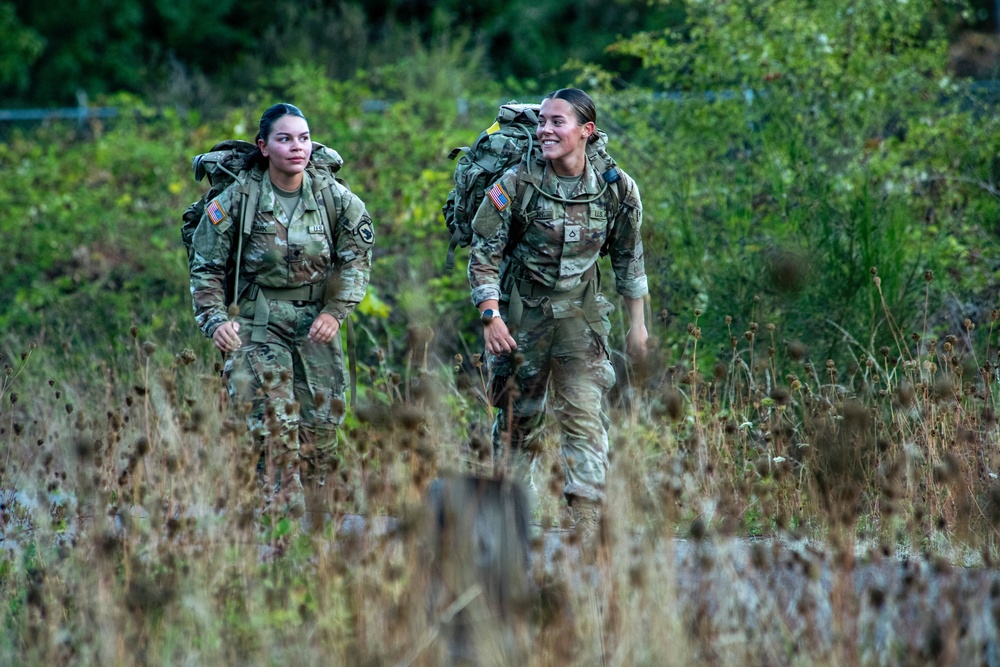
 Private Internet Access gives you unparalleled access to thousands
of next-gen servers in over 83 countries and each US state. Your
VPN experience will always be fast, smooth, and reliable.
Private Internet Access gives you unparalleled access to thousands
of next-gen servers in over 83 countries and each US state. Your
VPN experience will always be fast, smooth, and reliable.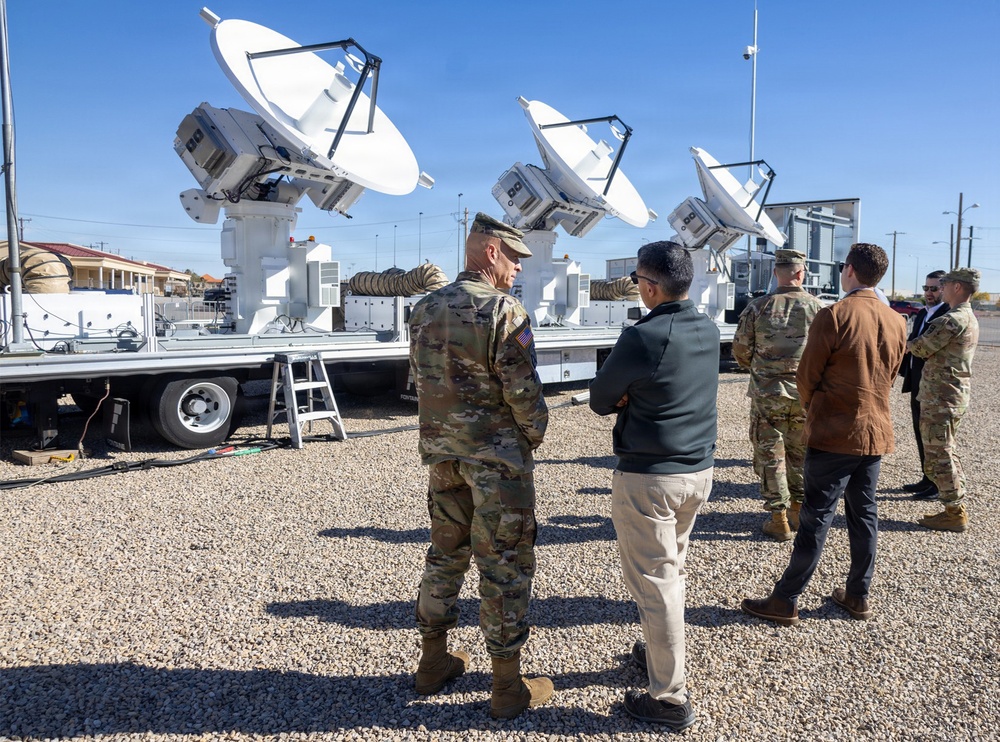

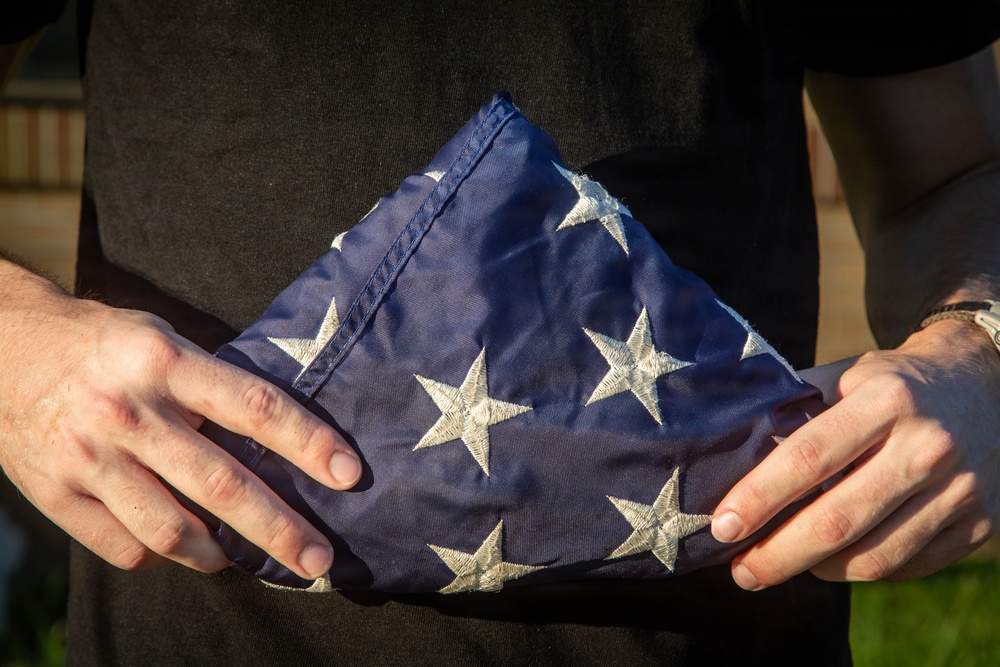

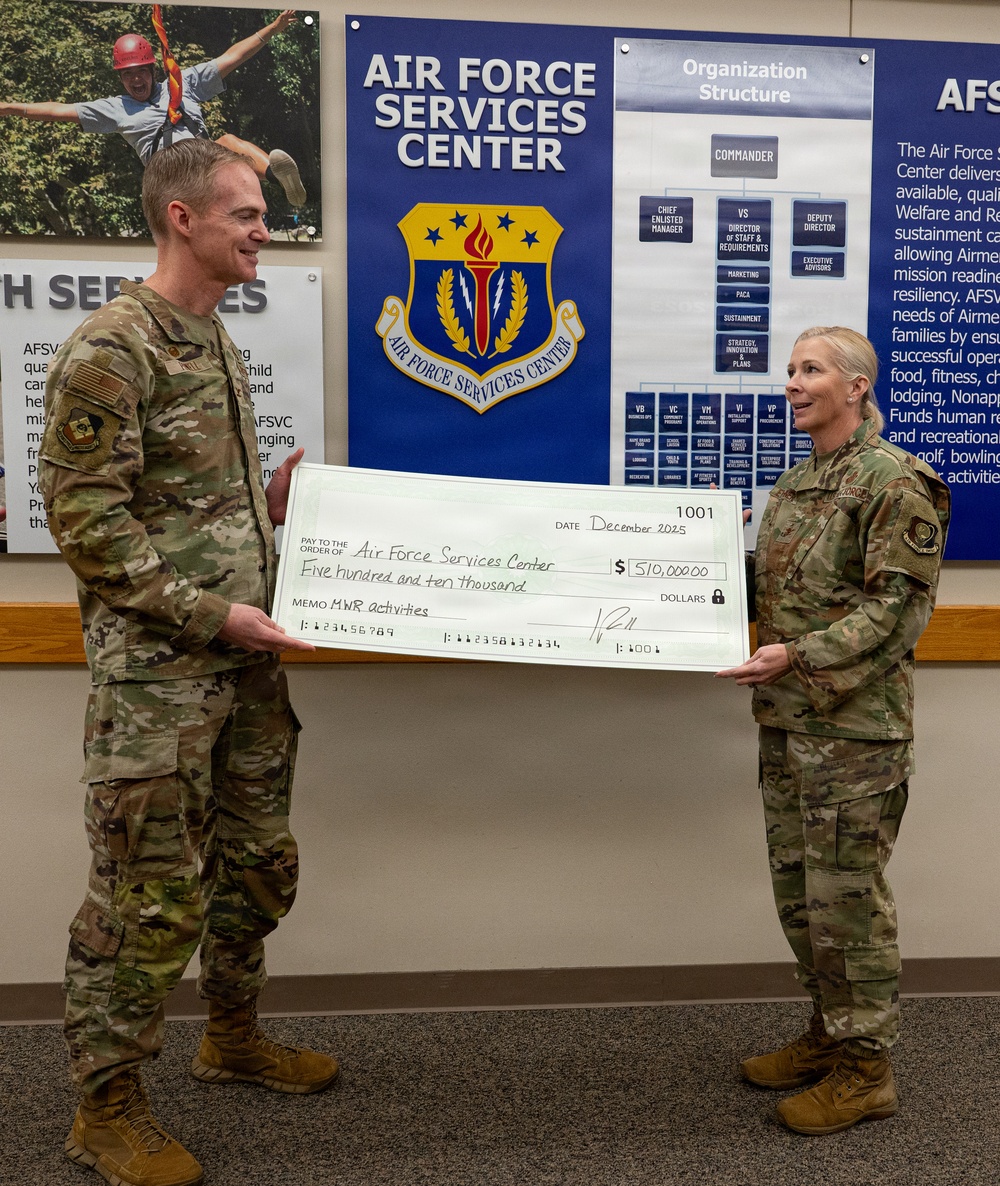

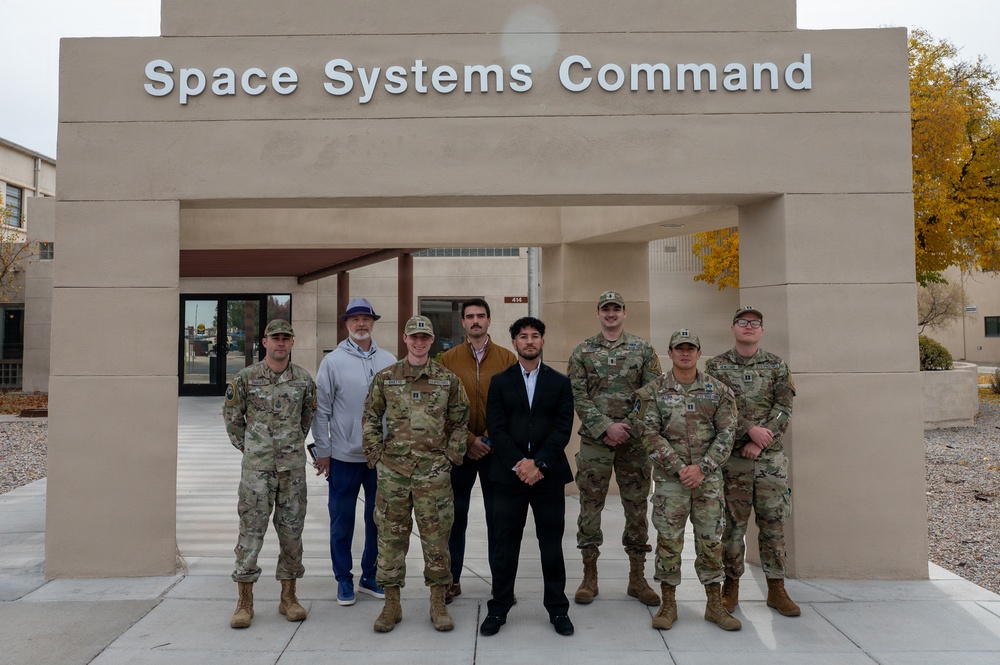
![DVIDS – Images – U.S. Space Force Social Graphics Templates [Image 6 of 7] DVIDS – Images – U.S. Space Force Social Graphics Templates [Image 6 of 7]](https://101veterans.com/wp-content/uploads/2026/01/1767332731_1000w_q95.jpg)
